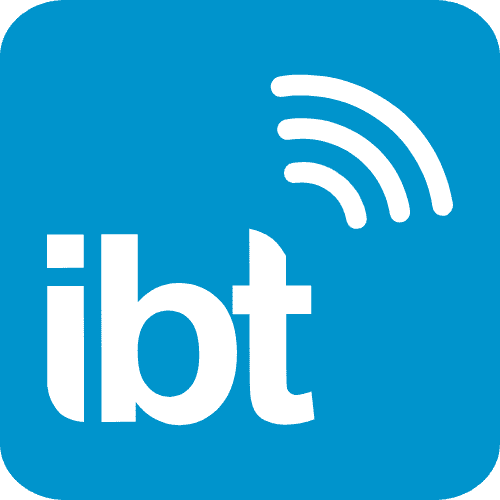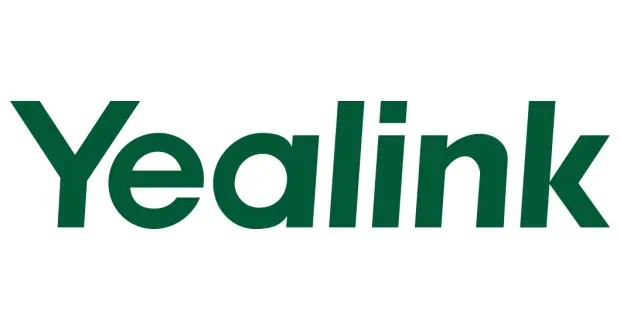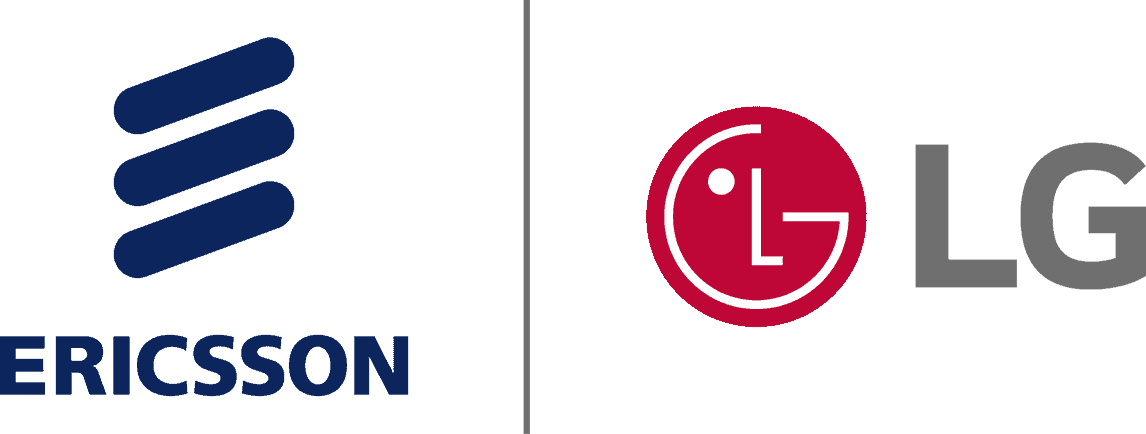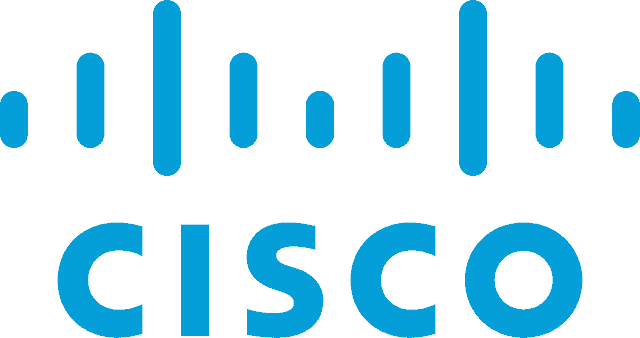SIP Trunks
The cost-effective, flexible alternative to ISDN. Our SIP trunks work seamlessly with each of the leading IP PBX brands in the UK market.
SIP Trunks Supplier
SIP trunks (Session Initiation Protocol) is a more flexible alternative to ISDN, with a lower cost, for inbound and outbound voice calls. While being quicker to install, and provision, SIP also gives your business stronger continuity.
With end-to-end communication SIP is an established way to move your PBX system to the cloud.
Unlike traditional phone lines SIP uses internet or a third party IP network, making your calls local again and drastically reducing costs.
- 50% reduction on call costs
- From £5 per channel


SIP Solutions for your business
If you are a small to large business, there is no need to worry about SIP capacity. From a small PBX of two lines to large call centres SIP trunks are completely scalable. SIP combines both voice and data into a single network making it easier for your employees to work remotely.
With a new monthly SIP plan in place you will instantly see the ROI on your communication costs.
SIP Trunks - Why Choose IBT?
Savings
Flexibility
Control
Future Proofing
Contingency
Compatibility
1200+ UK companies use IBT for their communications
Friendly, professional and knowledgeable team…. would highly recommend!
We partner with the best
Frequently asked questions
For tailored information, contact us directly and we will happily answer any questions you may have.
Contact usCan I have SIP installed for my business?
Any business with a PBX can switch to a SIP trunking service. You will immediately benefit from a more flexible, less expensive and more resilient phone service.
What is SIP?
SIP Trunking is a standards-based replacement for traditional ISDN. It connects your PBX to the PSTN via broadband, Ethernet or a private circuit into our national network. SIP Trunks work seamlessly with each of the leading IP PBX brands in the UK market.
What does SIP stand for?


























